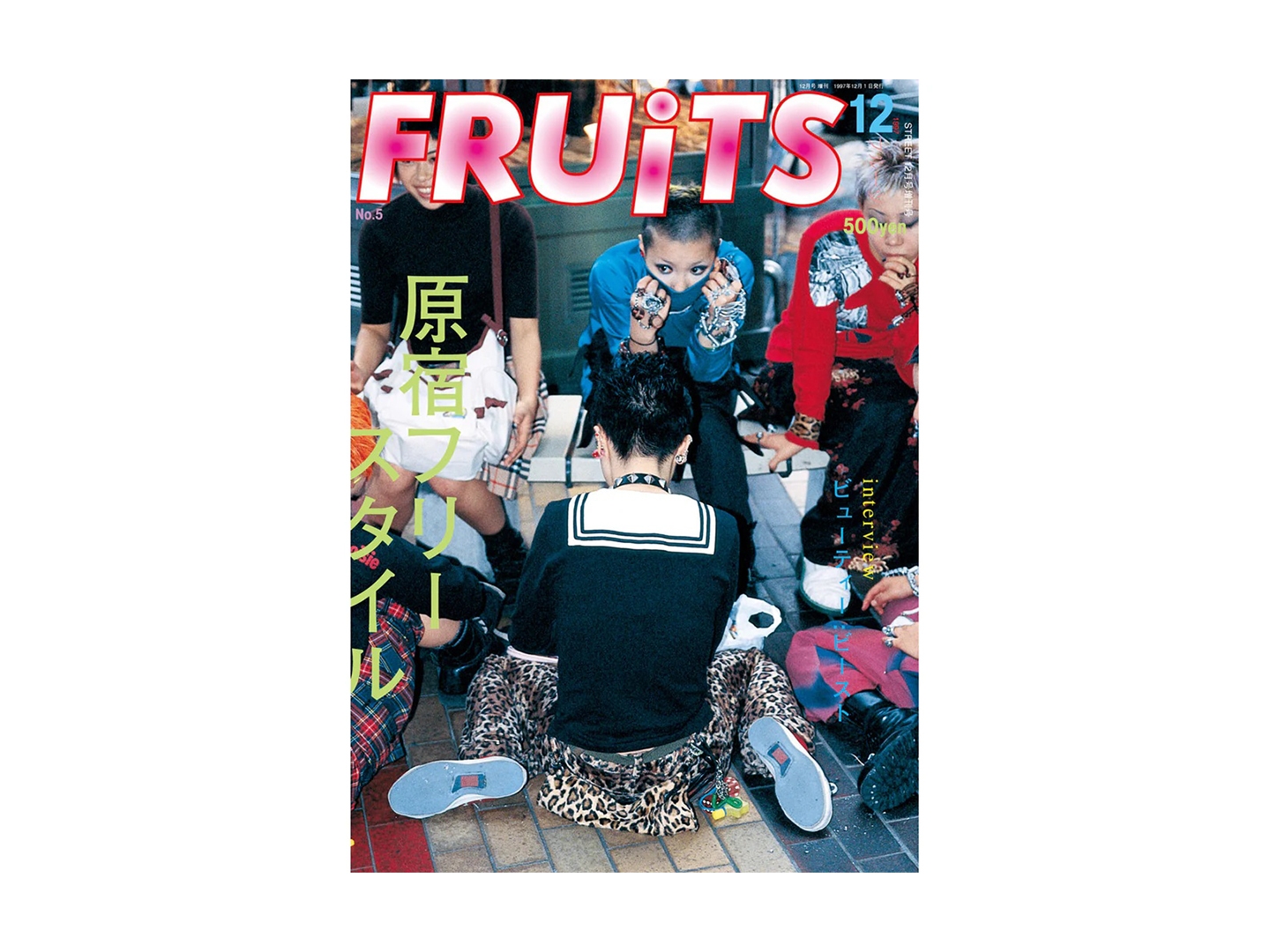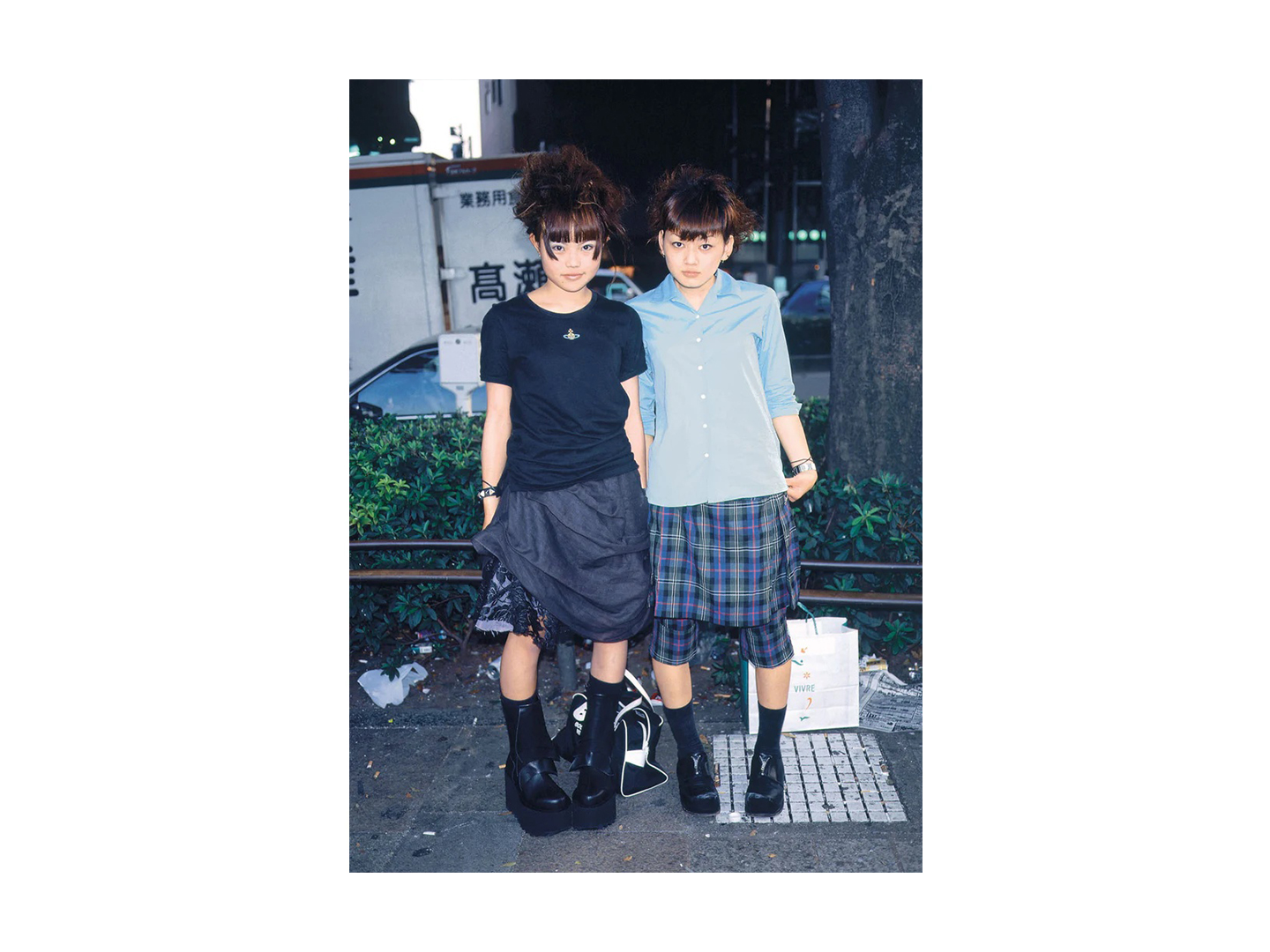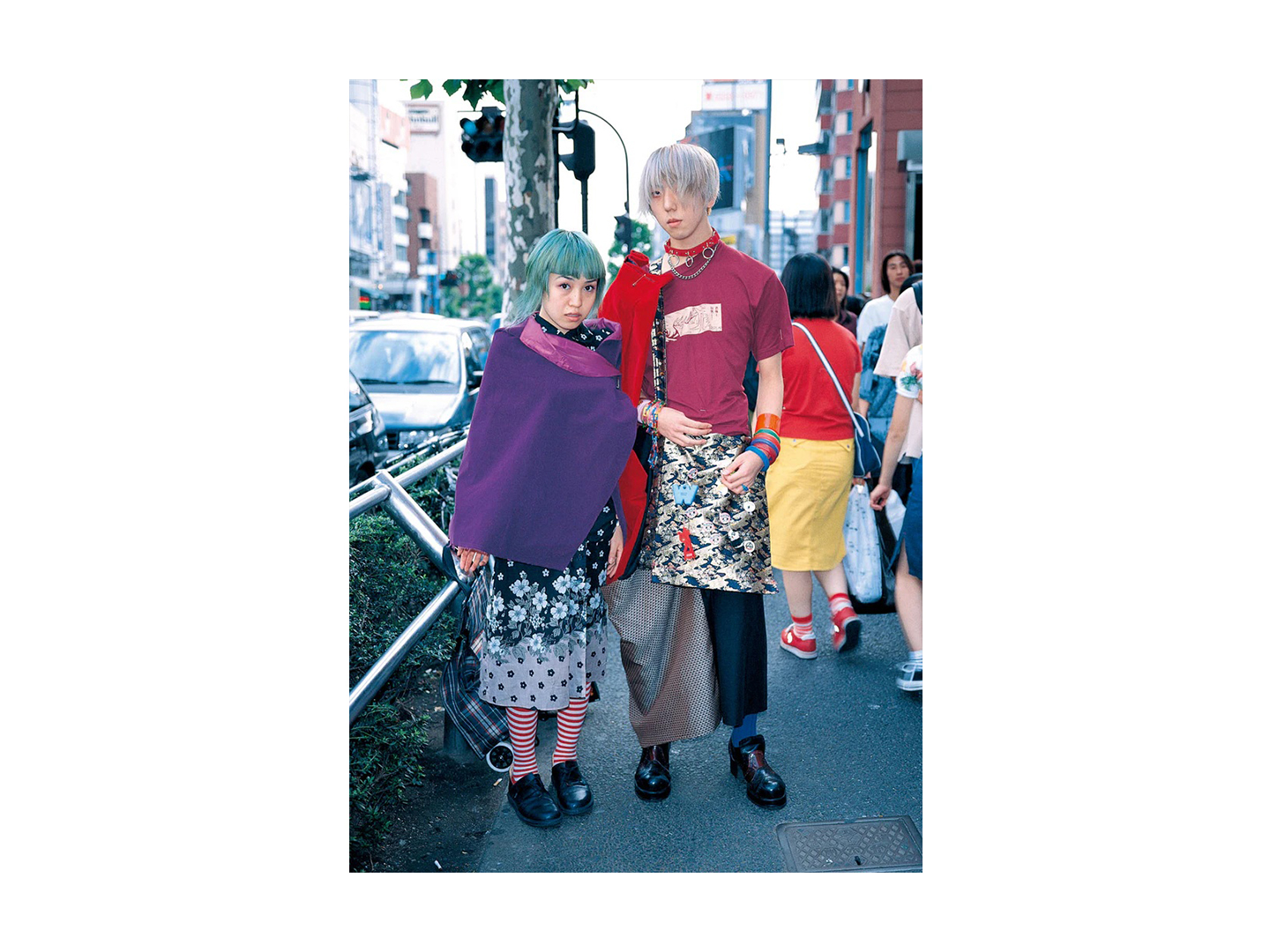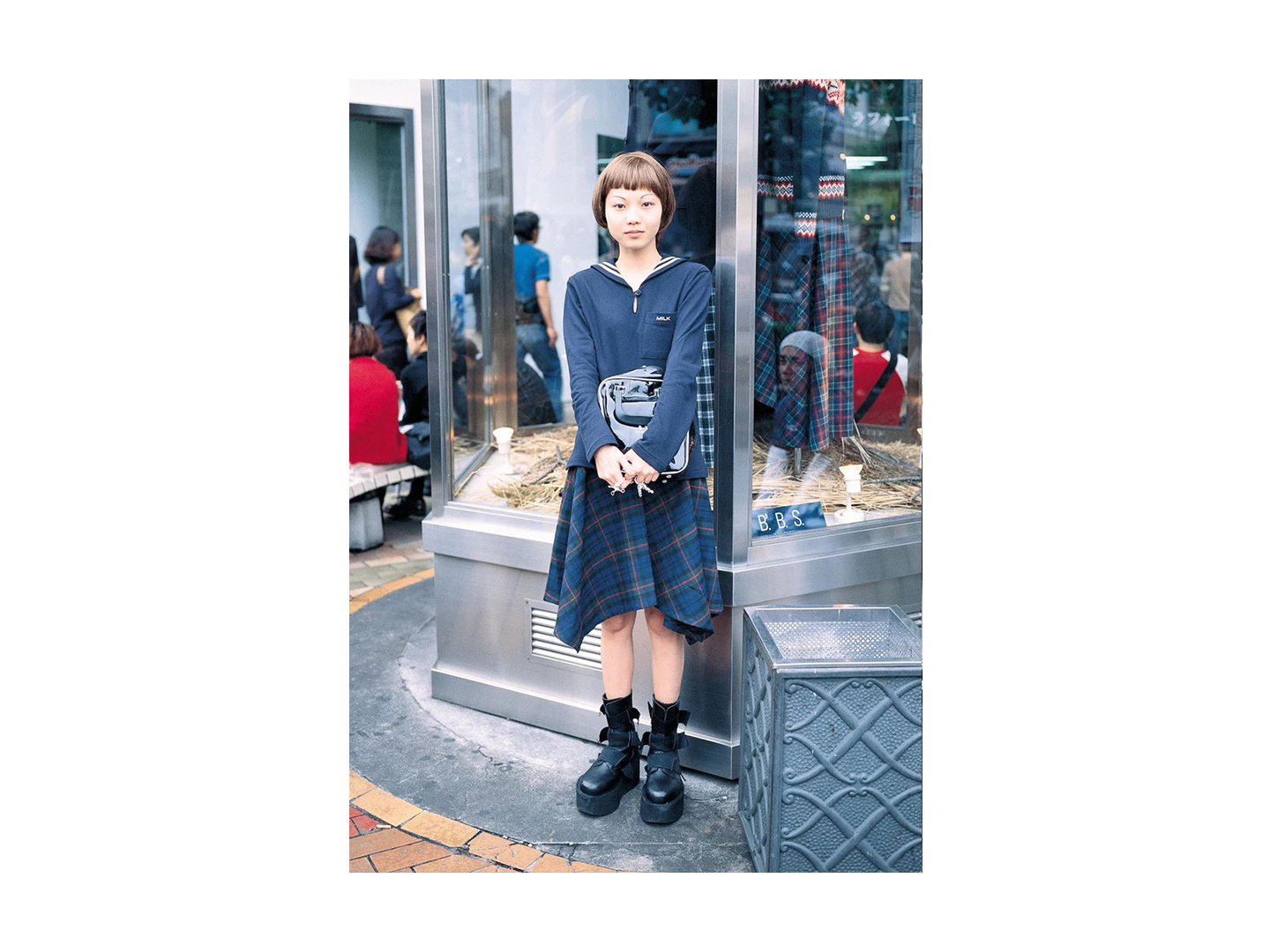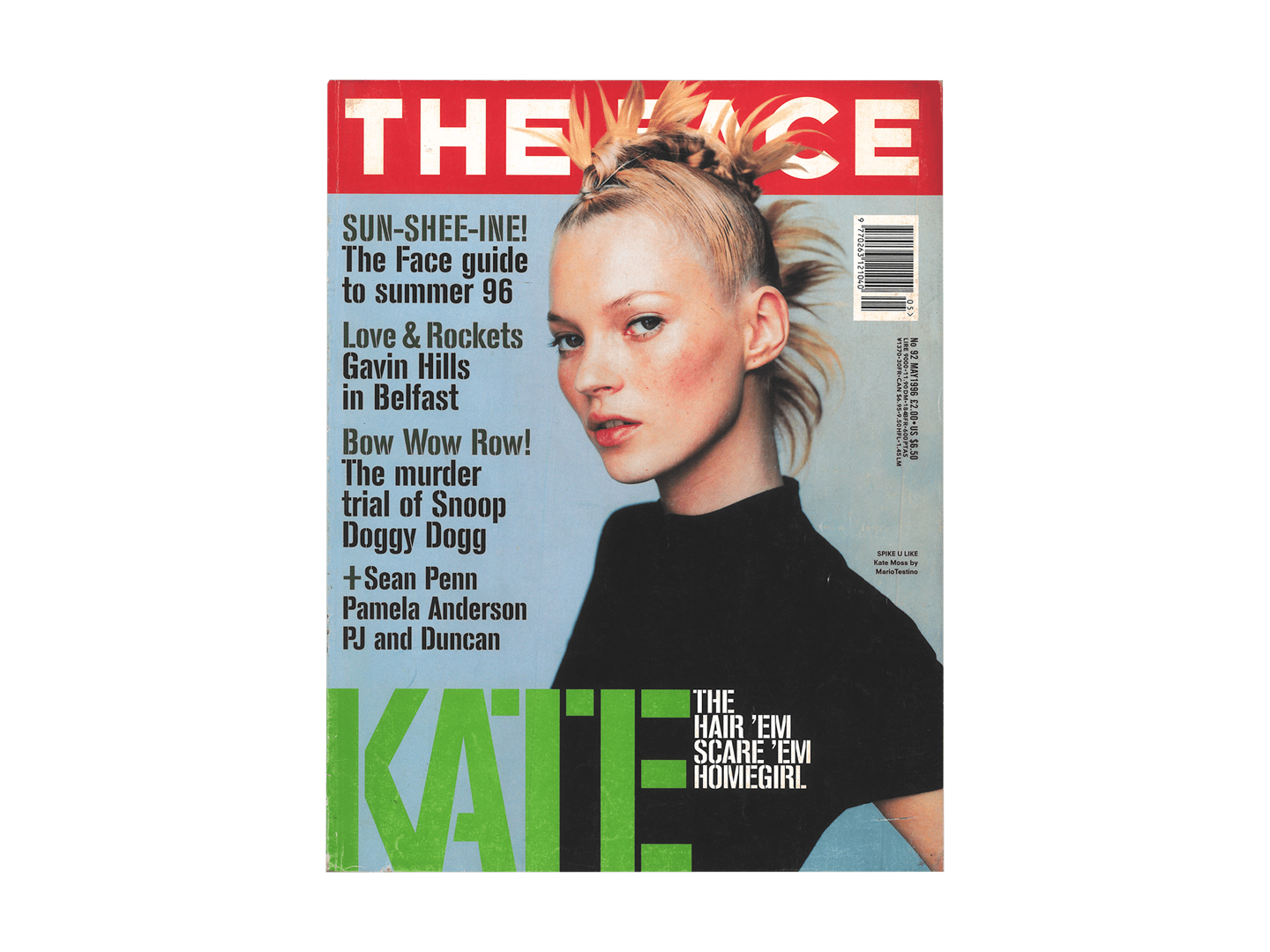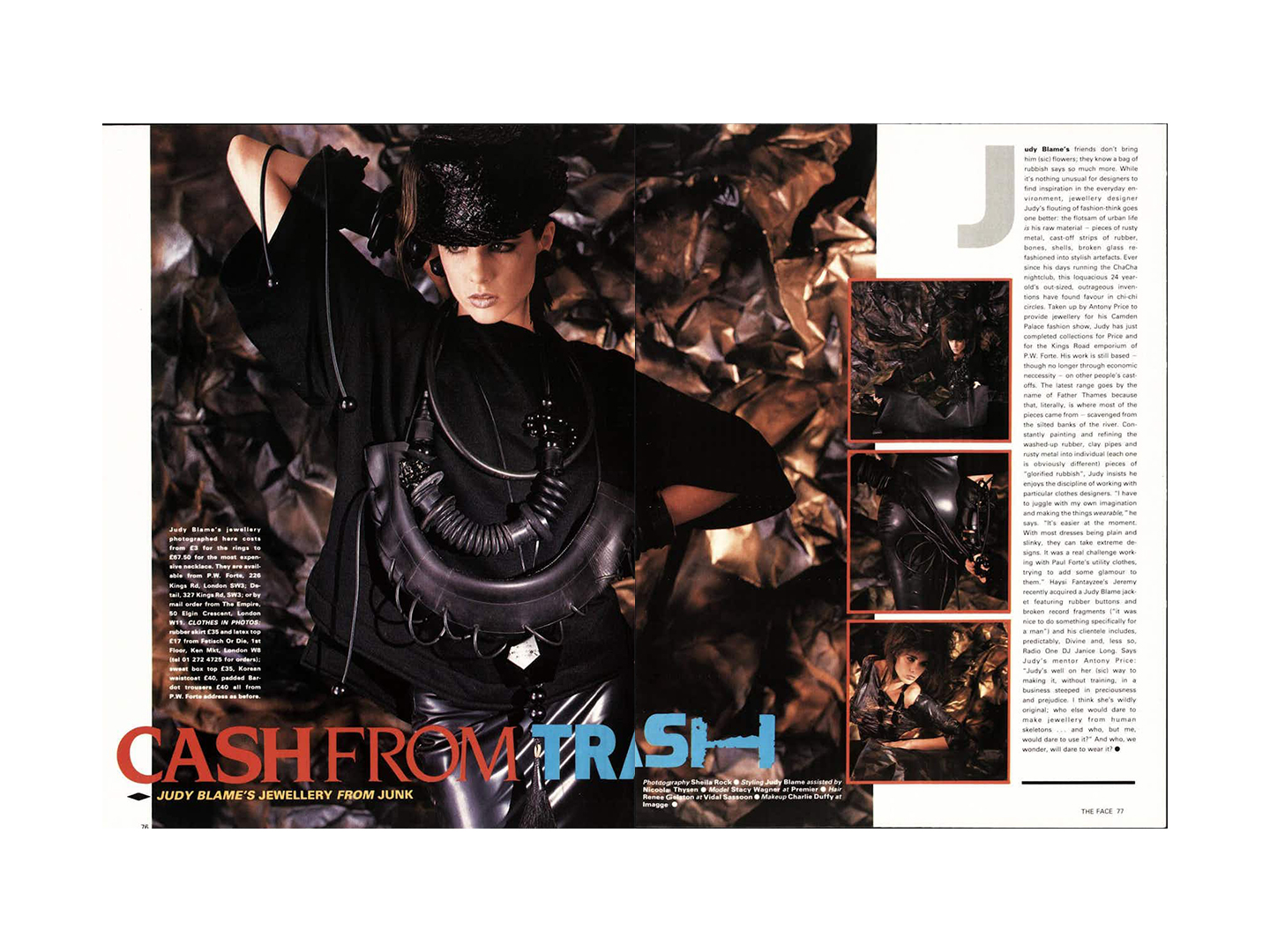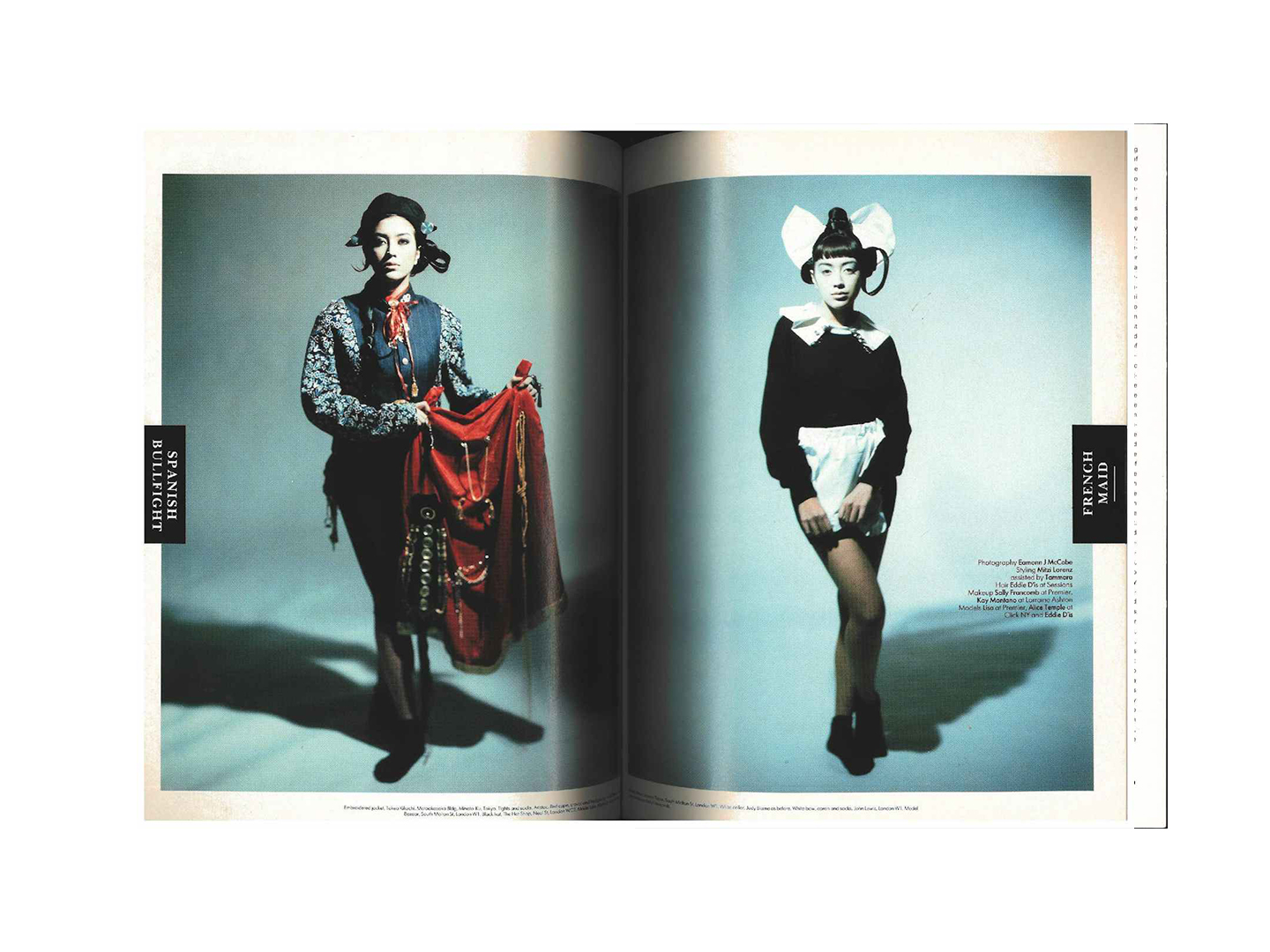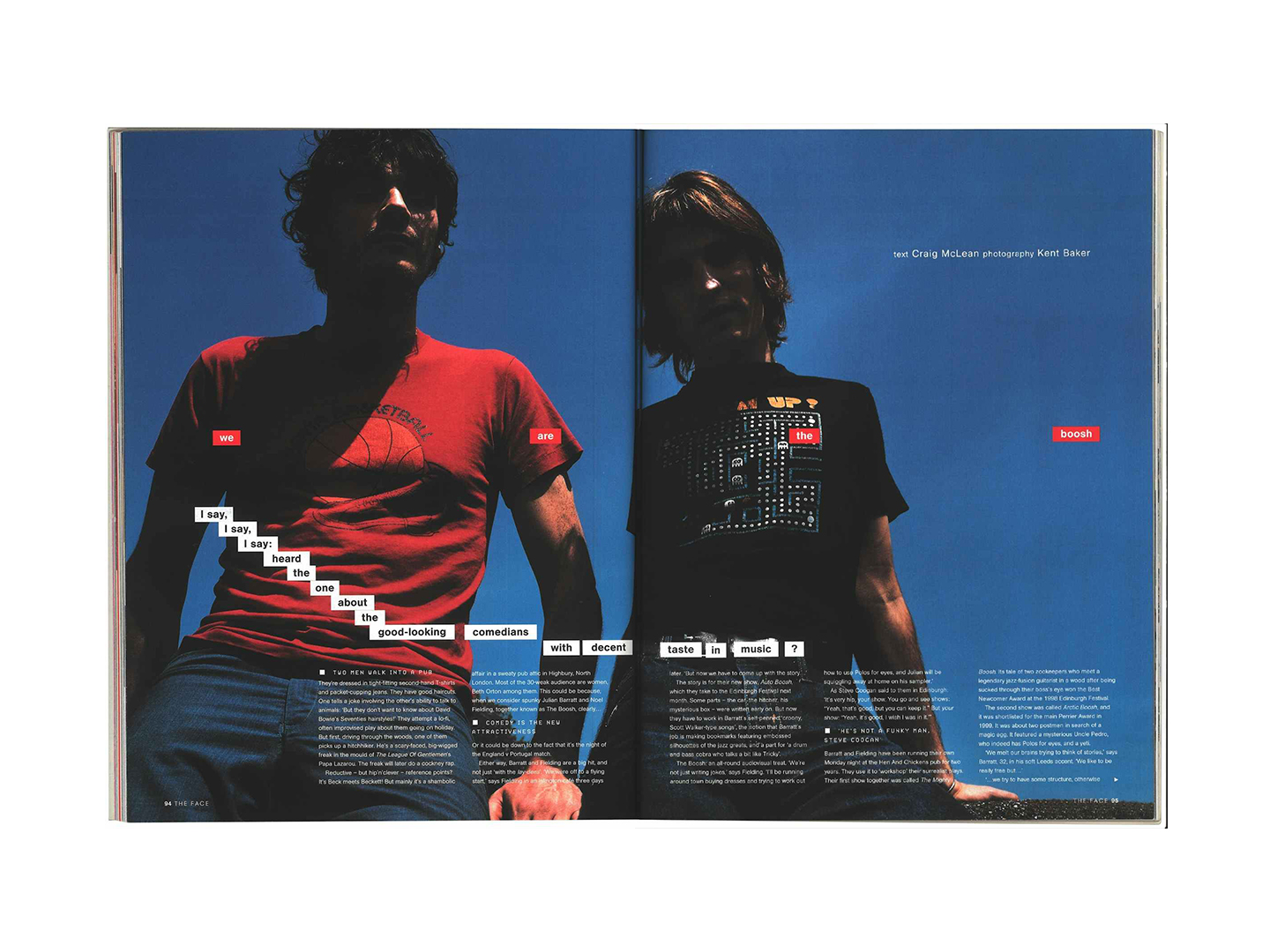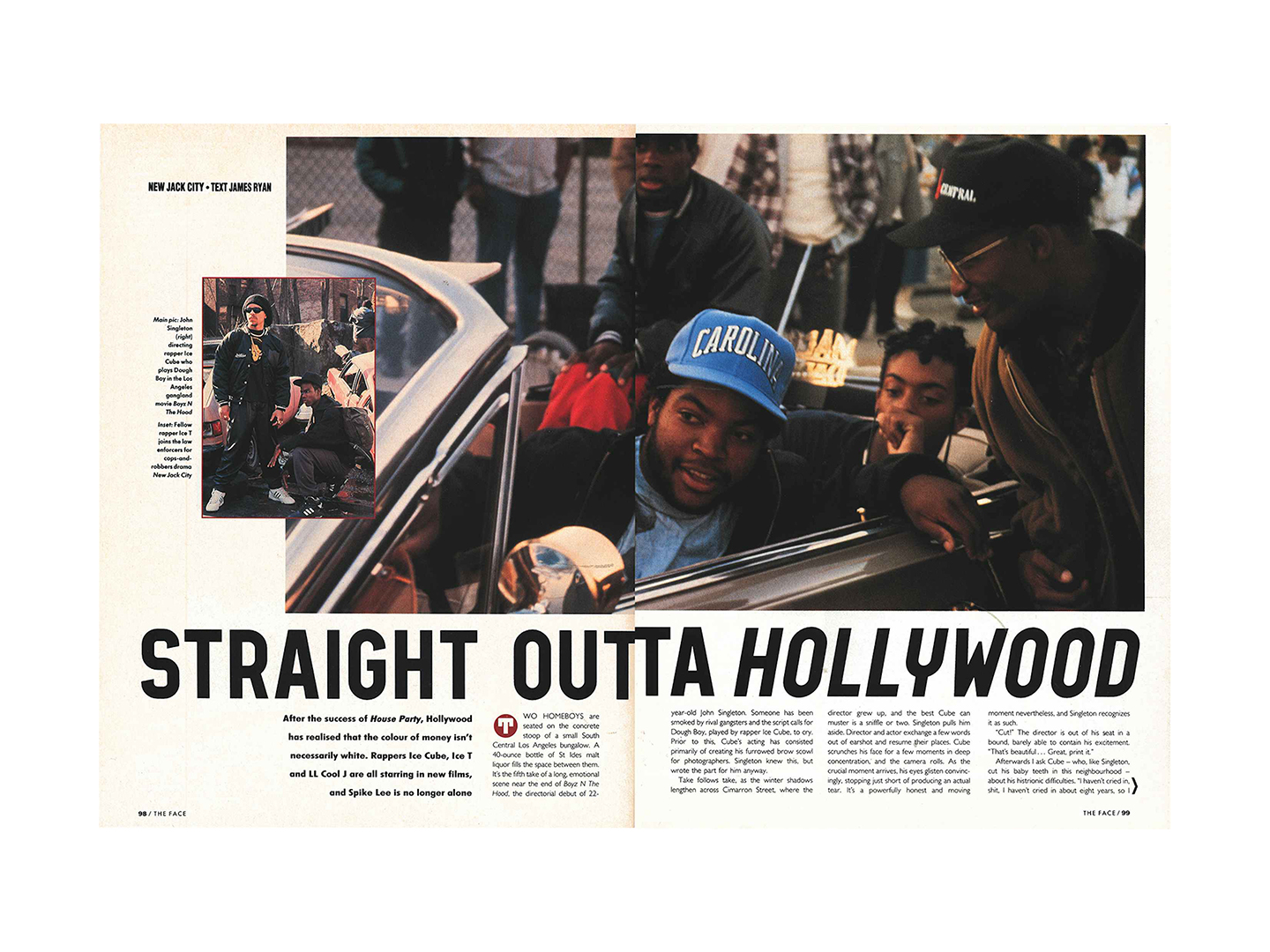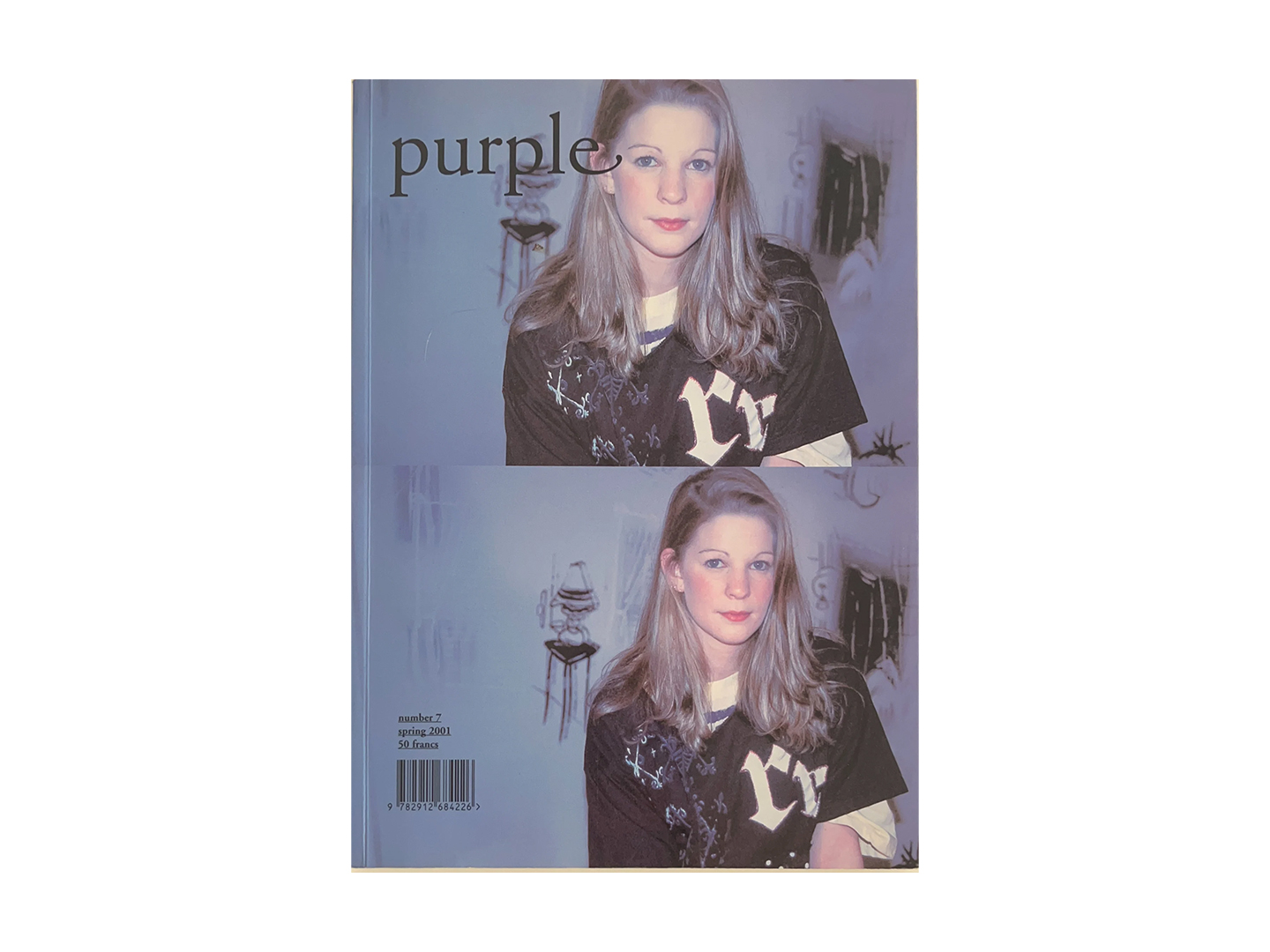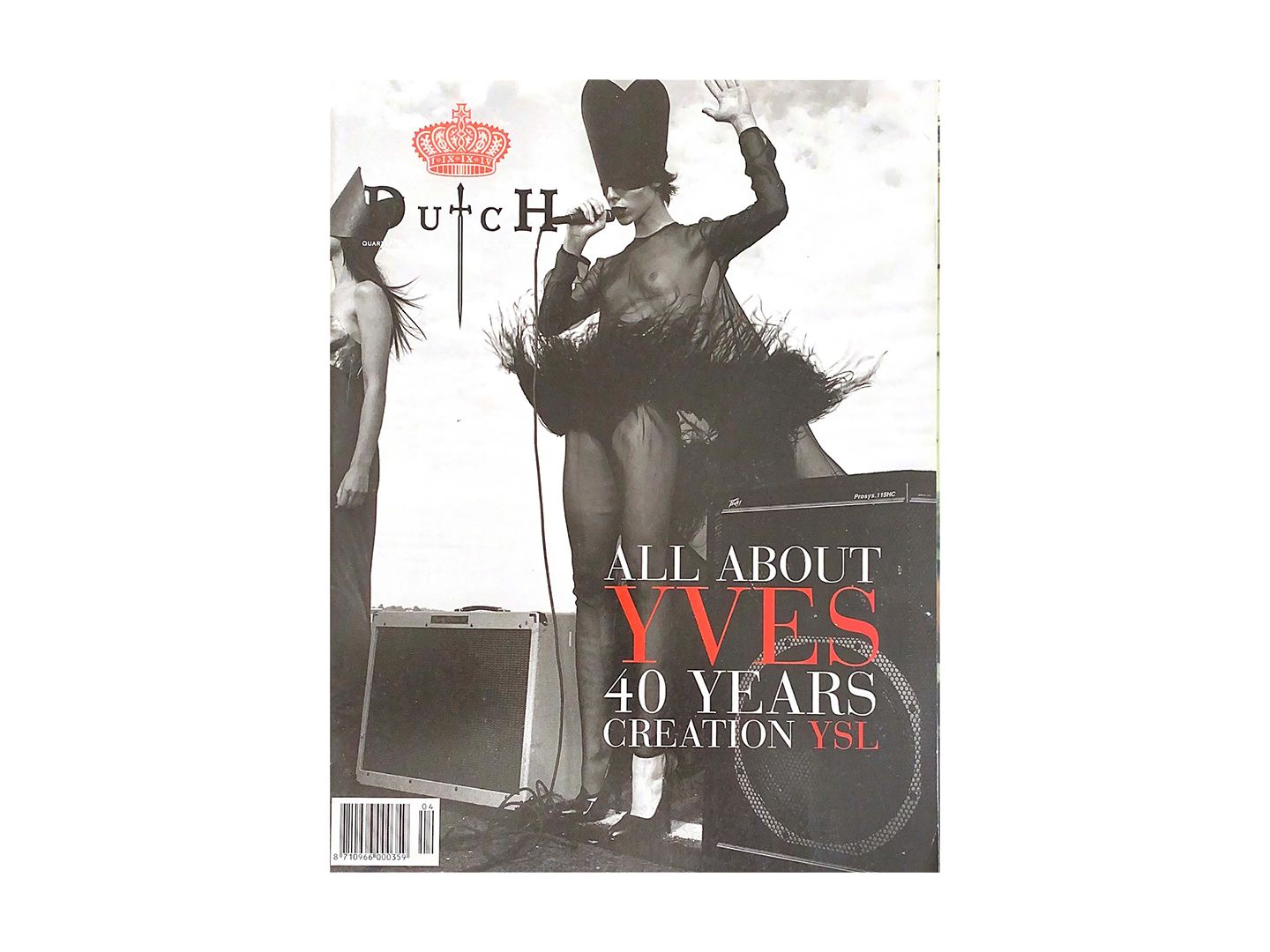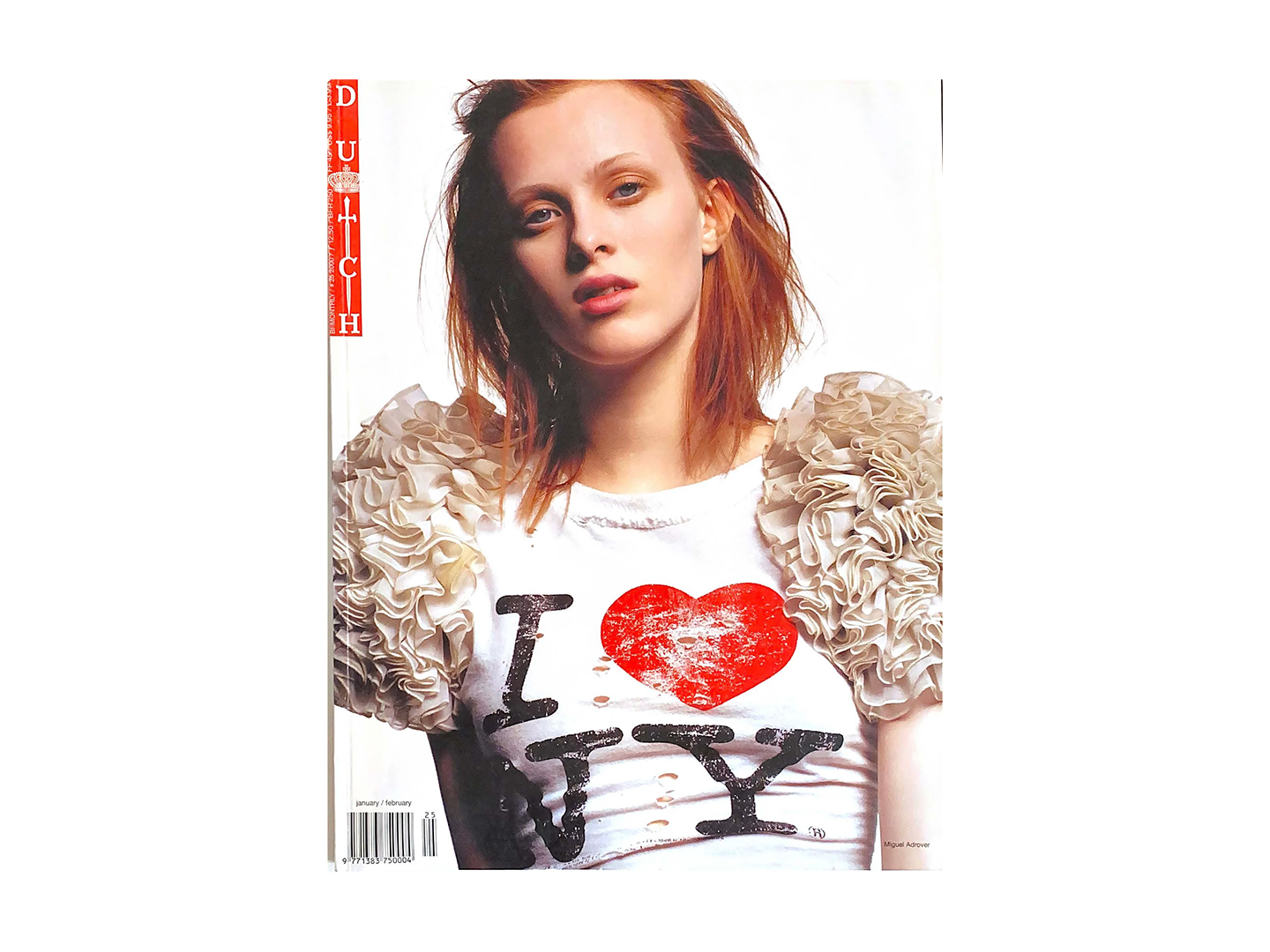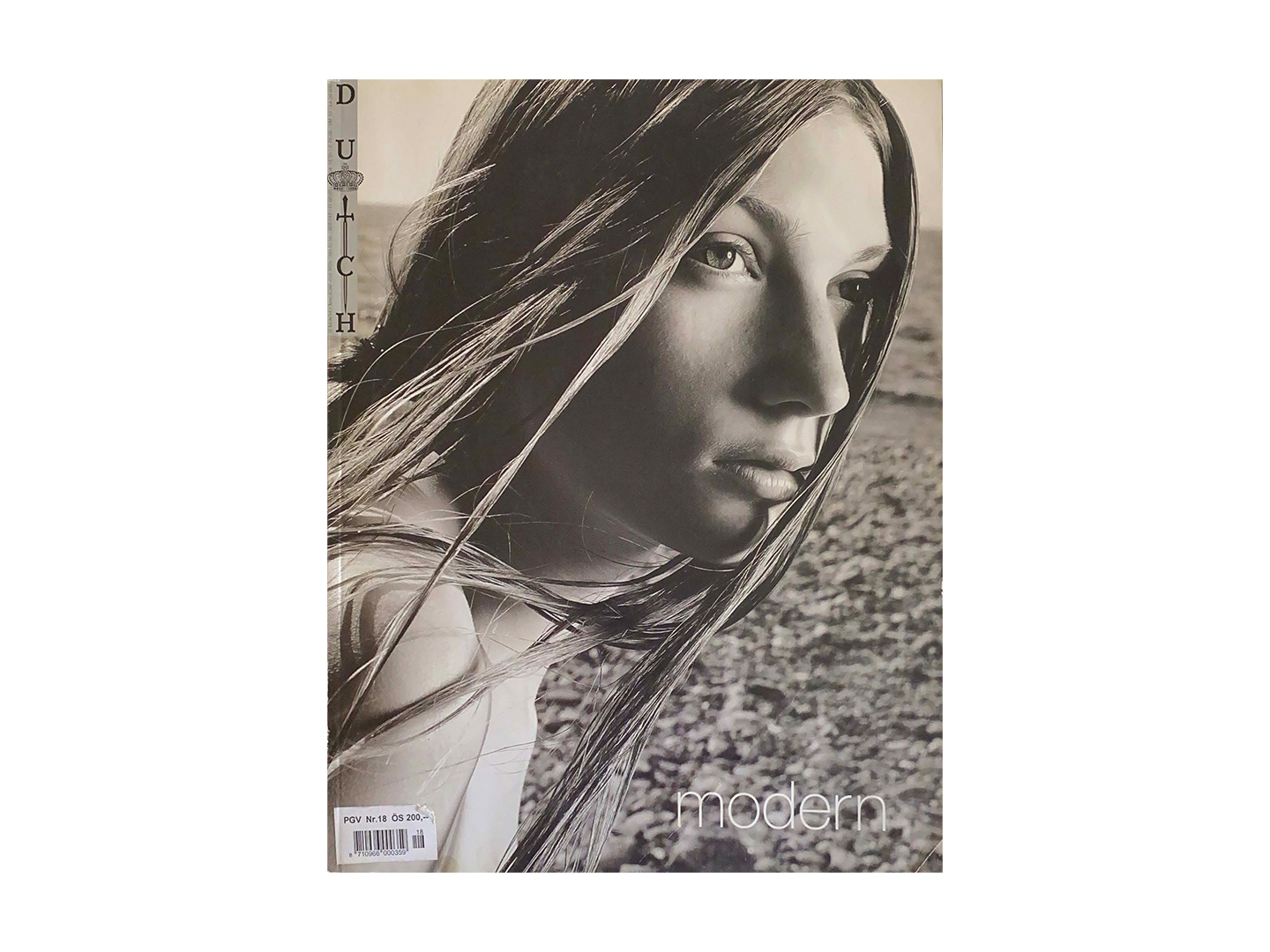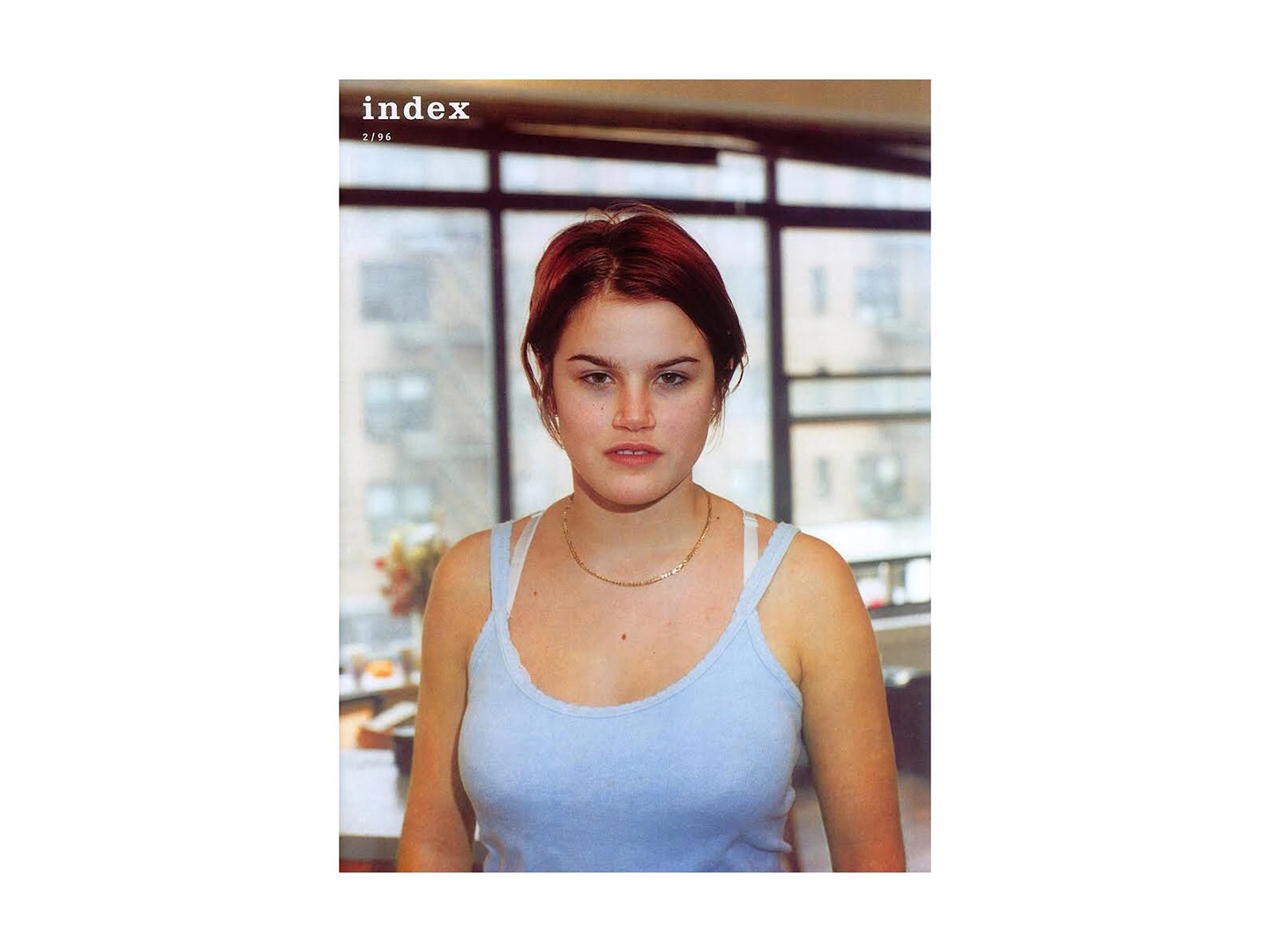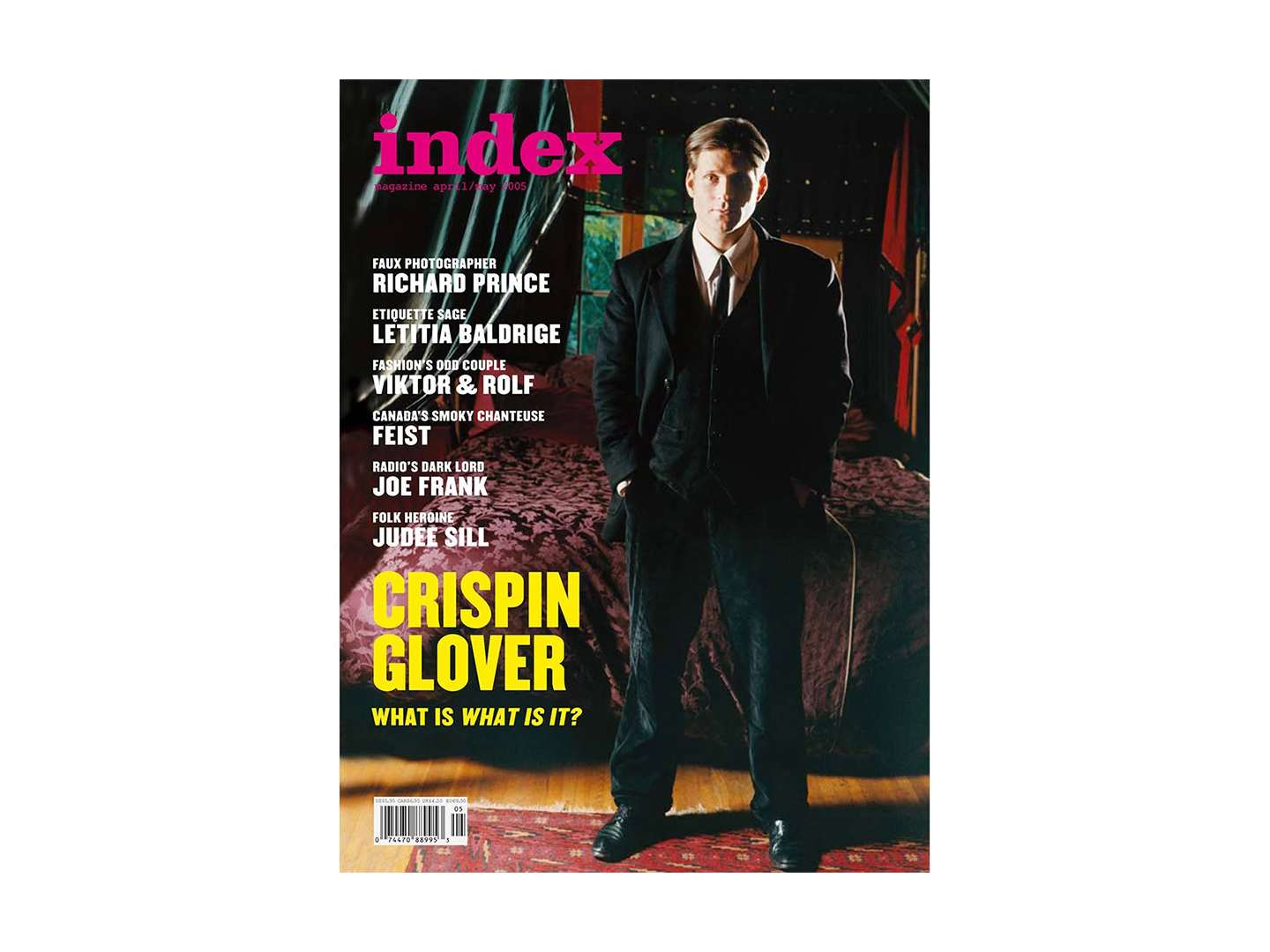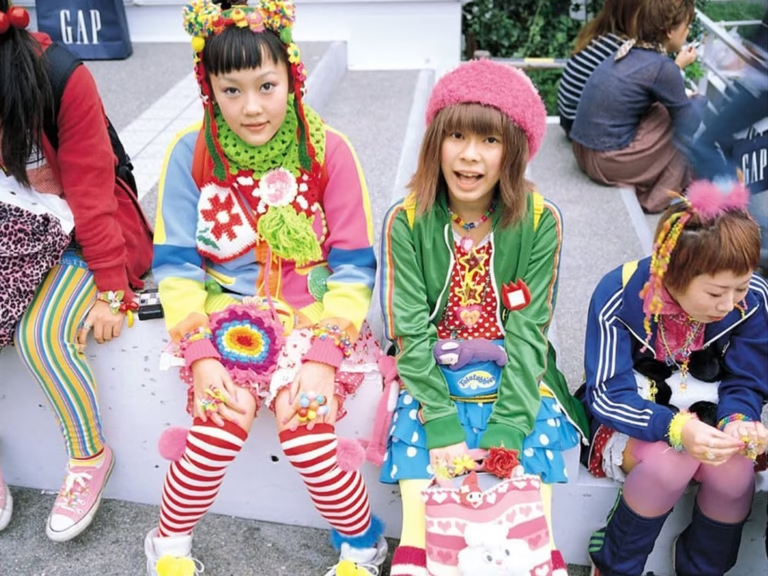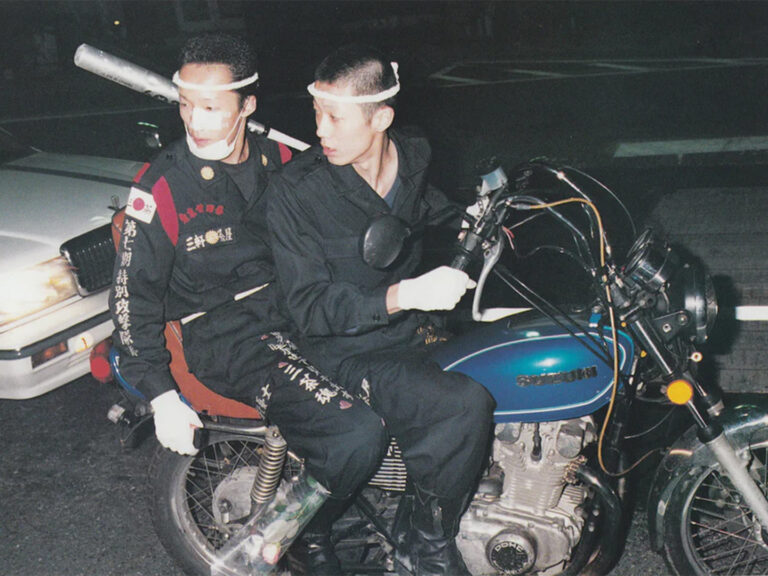Before the rise of fashion influencers and algorithm-led feeds, certain print magazines carved out entirely new ways of documenting style, subculture, and visual storytelling. While many are no longer in print, their editorial choices continue to echo through modern fashion media. Here are five publications that left a lasting impact.
1. FRUiTS (1997–2017)
Founded by photographer Shoichi Aoki, FRUiTS became the defining visual archive of Harajuku street style. Based in Tokyo, the magazine captured youth in layered, expressive looks that didn’t follow trends. They set them. With its consistent format and minimal commentary, it served more as documentation than editorial. The publication ended in 2017 when Aoki remarked there were “no more cool kids to photograph.”
2. The Face (1980–2004, Original Run)
A product of 1980s London, The Face merged fashion, music, and subculture with a bold visual identity. Launched by Nick Logan and designed in part by Neville Brody, it featured early work from photographers like Corinne Day and helped launch the career of Kate Moss. The magazine ceased publication in 2004, but was revived in 2019 with a digital-first format. Still, its original print era remains the most influential, capturing the mood and visual language of a generation.
3. Purple (1992–2003, Original Era)
Launched in Paris by Olivier Zahm and Elein Fleiss, Purple emerged as a rejection of the polished aesthetic dominating ’80s fashion media. Its collective of publications—Purple Prose, Purple Sexe, Purple Fiction, and Purple Fashion—fostered an art-first approach, blending raw photography, philosophy, and personal narratives. The original version dissolved in 2003 when the founders split, marking the end of its most formative phase.
4. Dutch (1994–2003)
Bold, surreal, and editorially daring, Dutch brought high-concept styling and unconventional layouts to print. Based in the Netherlands and created by Matthias Vriens, it became a short-lived yet highly influential title, pushing the limits of fashion photography and magazine design. Its cult status continues today among collectors and creatives.
5. Index Magazine (1996–2005)
While not solely focused on fashion, Index—founded in New York City by artist Peter Halley and curator Bob Nickas—left a strong visual imprint on the downtown aesthetic of the late ’90s. Through stripped-down interviews and intimate portraits of artists, designers, and musicians, it captured a raw creative energy that often intersected with style, without adhering to fashion norms.
